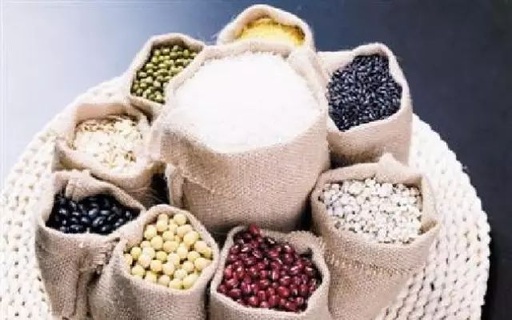

 October 16 marks the 36th World Food Day, established to raise global awareness of the importance of food and agricultural production.
October 16 marks the 36th World Food Day, established to raise global awareness of the importance of food and agricultural production.

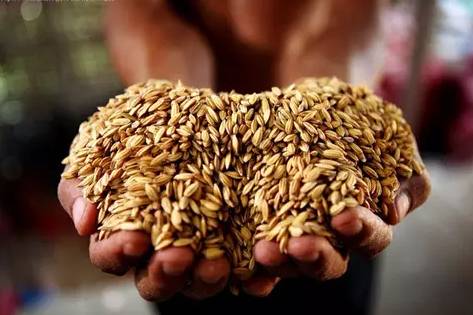
“Food is the God of the People”; China’s grain-based dietary habits have been followed for thousands of years. The health benefits of grains are one of the essences of Chinese dietary culture. The classic TCM text, Huangdi Neijing (The Yellow Emperor’s Inner Canon), states that “grains are for nourishment.”
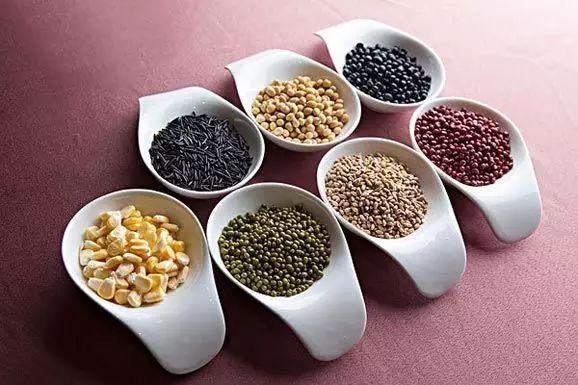
Secrets of Grain-Based HealthOatsLowering Blood Lipids
The most praised health component of oats is β-glucan, a soluble fiber that gives oats a sticky texture and has the function of preventing cardiovascular diseases and lowering cholesterol levels.
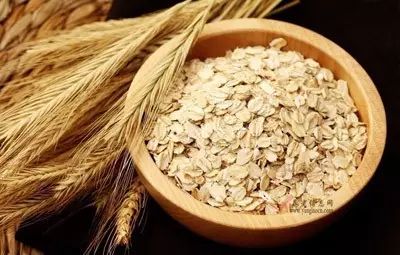
BuckwheatLowering Blood Sugar
Buckwheat and the Chinese specialty bitter buckwheat are very high in rutin, which is a major component in medications for preventing and treating diabetes and controlling postprandial blood sugar levels. Therefore, buckwheat and bitter buckwheat are particularly suitable for diabetic patients.

Job’s TearsAnti-Cancer
The lipid in Job’s Tears has been found to have a good function in controlling cancer cell growth, making it an ideal anti-cancer food. Additionally, Job’s Tears also has notable effects on skin whitening and beauty. Job’s Tears are relatively hard, so it is recommended to soak them before cooking them into porridge.
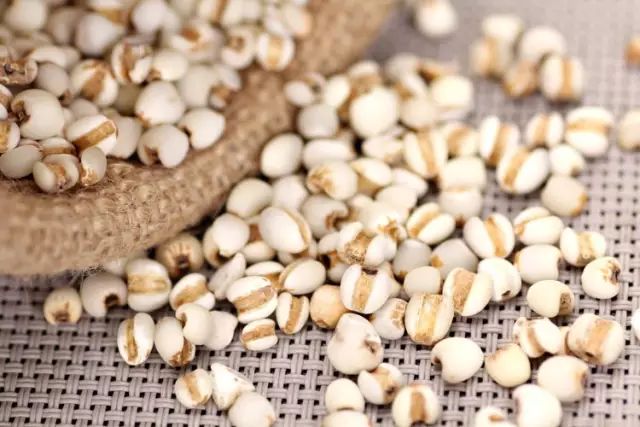
MilletStomach Protection
Millet has a relatively balanced nutrition profile, with a variety of vitamins and minerals present in relatively high amounts. The greatest characteristic of millet is its easy digestibility, which does not place a heavy burden on the stomach.
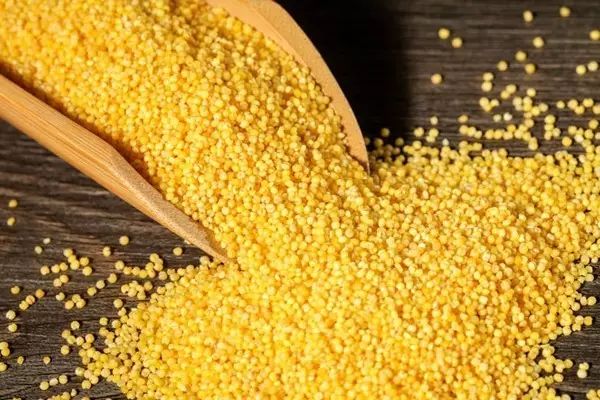
Black Rice and Purple RiceEye Protection
Black rice and purple rice, which are generally rich in anthocyanins, have antioxidant properties that can prevent fat oxidation and maintain the health of ocular blood vessels.
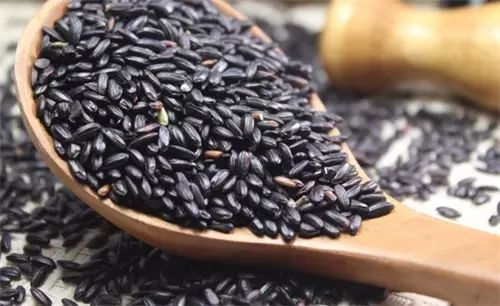
GrainsRich in Nutrition, Food and Medicine are One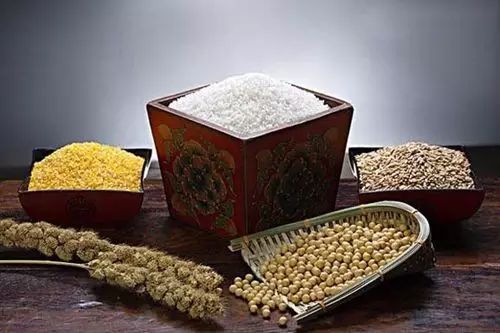 The five grains recorded in the Zhou Li (Rites of Zhou) during the Western Zhou period refer to millet, barnyard millet, beans, wheat, and rice. Currently, the five grains in TCM generally refer to: beans (shū), corn (shǔ), foxtail millet (jì), wheat, and rice; corresponding to the five organs of the human body: kidneys, heart, spleen, liver, and lungs.
The five grains recorded in the Zhou Li (Rites of Zhou) during the Western Zhou period refer to millet, barnyard millet, beans, wheat, and rice. Currently, the five grains in TCM generally refer to: beans (shū), corn (shǔ), foxtail millet (jì), wheat, and rice; corresponding to the five organs of the human body: kidneys, heart, spleen, liver, and lungs.
How to Eat Grains for Better Health
Combination of Coarse and Fine Grains
When consuming grains, it is important to pay attention to the combination of coarse and fine grains. If grains are not cooked thoroughly, consumed in excess, or not chewed properly, they can place an extra burden on the digestive system. Young children and the elderly, who may have weaker digestive functions, may experience discomfort such as indigestion and bloating. Cooking coarse grains into porridge or mixing them with fine grains can aid digestion and absorption.

Dietary Balance
While consuming coarse grains, it is also important to maintain dietary balance by ensuring adequate intake of fruits, vegetables, and animal proteins such as fish and meat, along with protein- and mineral-rich foods to aid absorption, avoiding excessive reliance on coarse grains that may lead to malnutrition. Achieving nutritional balance is essential.
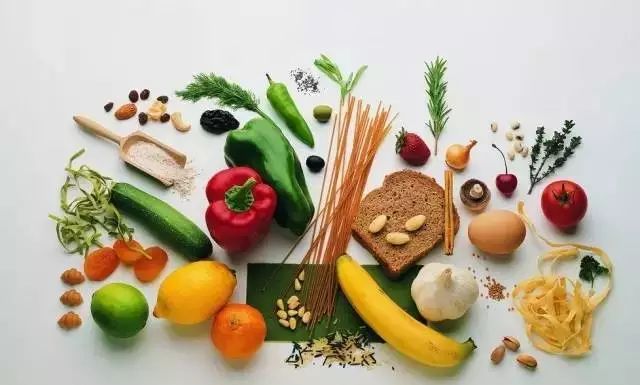
Focus on Cooking Methods
The cooking methods for grains are also quite particular; for example, black rice is best suited for porridge rather than rice, while corn is best steamed for maximum nutrition. Pairing oats with milk can help with more comprehensive nutrient absorption.
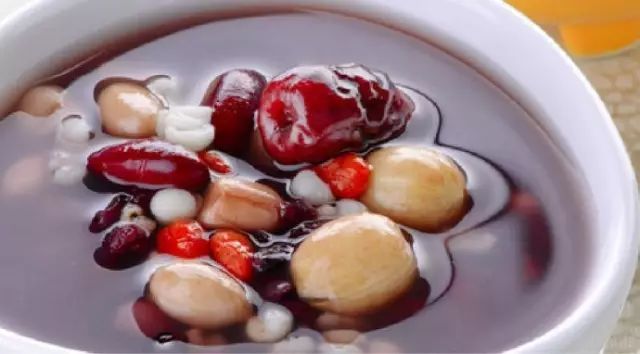
“Every grain of rice and every bowl of porridge should remind us of the hard work that goes into it.” Each grain of food goes through at least 20 processes from sowing to harvesting and then to processing into finished products, reflecting the hard work and sweat of farmers. Let us remember the effort behind every grain, cherish food, and eliminate waste.Scan to Follow “Zhangshang Longquan”
When you share valuable information with your friends,
you become more valuable in their hearts.
If you like this information, click the button in the upper right corner to share it to your Moments.
Source: Internet

